Mirrorless cameras have witnessed a huge interest from Indian consumers in recent years thanks to the fact that they equip big sensors and interchangeable lenses of DSLR cameras, but cast aside the mirror mechanism, allowing for smaller and lighter, and often simpler cameras.
And since no two photographers are exactly the same when it comes to click pictures, some of us would like to have a better camera than the one in our smartphone, while others might want to have a high-end camera that has a range of features and creative controls.
Till now I carried with me Google’s Pixel 2 XL smartphone as it has the fantastic camera in its segment and at times tries to match the picture quality of a DSLR camera, but as I planned to visit Norway -- a Scandinavian country encompassing mountains, glaciers and deep coastal fjords, I tried my hands-on the Fujifilm X-E3, and I will not be hesitant to say that I was not impressed by the quality delivered the mirrorless camera.
The Fujifilm X-E3 is a 24MP mid-level APS-C mirrorless camera, designed as a smaller, touchscreen-driven sister model to the SLR-like X-T20.
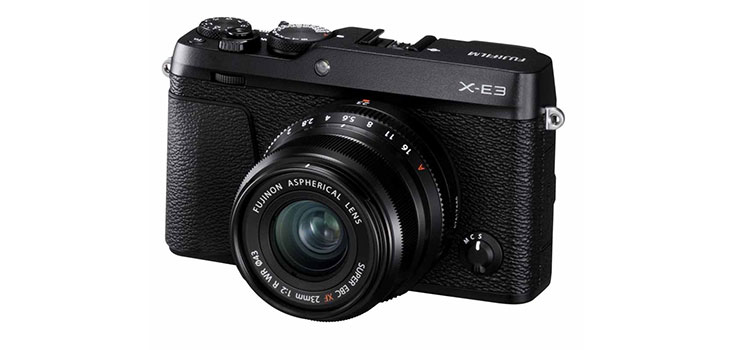
The X-E3 will be available in black and silver colours in three kit options - body-only for Rs 70,999, body with 18-55 mm kit for Rs 102,999 and body with 23mm F2 kit lens for Rs 89,999. The X-E3 is also equipped with fully-automatic Advanced SR Auto mode wherein the camera chooses the optimum settings for a given scene.
Design and controls
The body of X-E3's is hugely similar to what we've seen in the series: a dense plastic base with a metal at the top. It's slightly smaller than the X-E1, 2 and 2S, but most of the space freed up by removing four way controlled now has been given-over to the 3.0-inch touchscreen on the back of the camera.
The camera fits very well in the hand, and also stays true to the hold-for hours comfortable fact like the handgrips offered by most modern DSLRs.
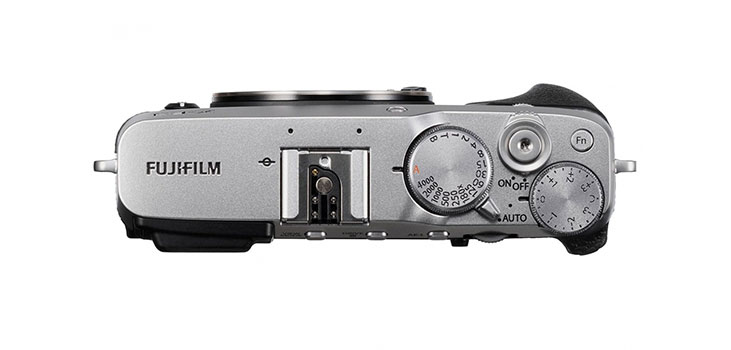
If you have used X-Pro 2, you will notice the similar auto-focus (AF) joystick in X-E3 but has been enhanced to further improve the ergonomics and now has more selectable points. When set to 91 points (shown as a 7 x 13 grid pattern), the touch screen does a decent job to let you focus, but if you select the 325-point mode (a 13 x 25 grid pattern), the AF joystick gave a higher balance of precision and speed.
The Fujifilm X-E3 mirrorless digital camera incorporates the same implementation of Auto ISO as the Fujifilm's recent cameras. Three slots are available for Auto ISO settings, each holding minimum and maximum ISO setting to use, along with a shutter speed dial to increase the sensitivity. A new auto mode is also included that now relates links the shutter speed to the current focal length. The company has also improved its AF tracking algorithm to allow X-series cameras track smaller and faster subjects.
Operation and handling
While the use of touchscreen is the biggest differentiator between the X-E3 and the X-T20, the X-E3 operation is still pretty standard traditional in many aspects. The touchscreen is now capable of doing most of things such as you can tap on the screen to set the position of the AF point, to set the point and perform a focus acquisition or to set the point, acquire focus and fire the shutter (a small 'button' at the screen's top right corner cycles through these options).
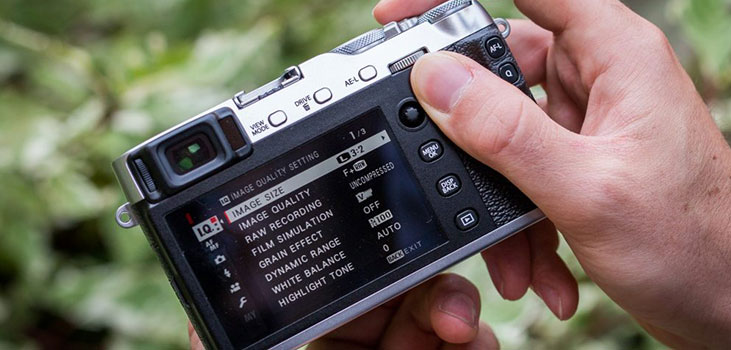
You can also disable the touchscreen controls, but then you end up with limited camera controls. Also, Fujifilm does not let the touchscreen do all the talking in X-E3 and similar to previous X-E cameras, you get dedicated shutter speed dial and exposure comp dial, giving users more manual power at their fingertips. The only things that most professional photographers will find it annoying is that the Auto ISO options are positioned above the highest ISO setting which means you need to perform at least 21 clicks to switch between ISO 200 and Auto mode – and you might miss the moment.
Known for incorporating small but useful additions/changes in camera operation, Fujifilm in X-E3 added an 'AF ALL' area mode that combines single point, zone and wide/tracking into a single option. For instance, if you increase the size of the AF point beyond 3x3, the camera leaps to Zone area mode, and if you keep going to the point where the whole screen is selected, you will be greeted with 'Wide/Tracking.'
The X-E3 can shoot 4K UHD video at up to 30p, with 25, 24 and 23.97p options also available. While shooting video you have a choice of Continuous AF (with tap-to-focus) or Manual Focus with focus peaking.
The X-E3 is also the camera from Fujifilm to come with Bluetooth, wherein you can transfer photos from camera to a smart device directly. For this, you need to install Camera Remote app from the respective app Stores.
If your X-E3 is already paired, it turns on Wi-Fi and sends stored photos before shutting down. If you are using an Android device, this happens automatically. On iOS, a message will pop up asking you to connect to the X-E3's Wi-Fi.
Image Quality
For Fujifilm X-E3 Mirrorless camera review, I did not create any test scenes in our studio and I just went on to shoot whatever Norway was waiting to offer in the actual world and I can say with confidence that X-E3 made Norway a truly mesmerising experience.

The X-E3 offers similar image quality as seen on the most recent generation of X-Trans cameras (X-Pro2, X-T2 and X-T20). JPEGs are where Fujifilm X-E3 really shines. And while the images are not that sharp as in Sony’s A6500, but there are no unpleasant artefacts. The X-E3 strikes a near perfect balance between noise reduction and detail preservation.

The main USP of X-E3 is in colour reproduction or rather I must say the way your eyes see, X-E3 works just like that capturing punchy and saturated colours where needed and simultaneously preserving skin tones to make sure results look attractive. And this fact is not only true to just default 'Provia' mode but to all the 'Film Simulation' modes. A total of 15 modes are available, including PROVIA and Velvia, plus ACROS for fine-detailed monochrome images. The Grain Effect function can be combined with all Film Simulation modes to add a textured look to the images.
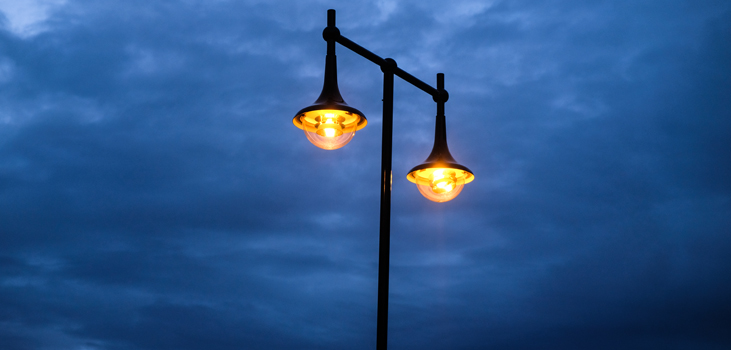

Throughout the time, I used X-E3, I found the camera delivered great results when noise reduction is between -2 and -4.
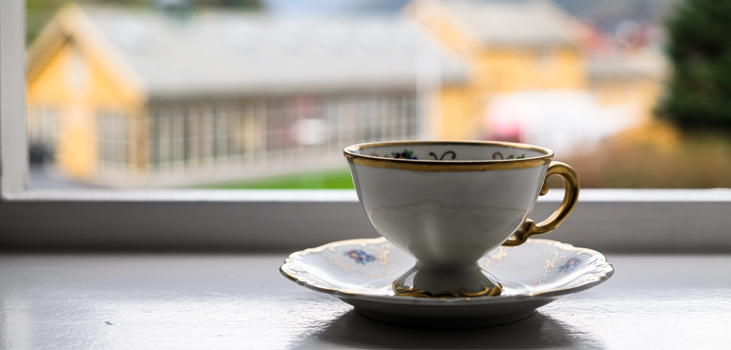
The X-E3's dynamic range is also very good thanks to the best-performing APS-C sensors on the market. Over the usage, you will also notice that the camera adds very little electronic noise to its images and there will be a very minute difference in terms of noise between shooting at ISO 3200 and using the same exposure in ISO 200 mode, then brightening. And because of this feature the X-E3 allows for higher ISO exposures to combine with lower levels of amplification, which helps in preserving up to two additional stops of highlight information.
Conclusion
At a price of Rs 89,990, the Fujifilm X-E3 is one of best contenders in the mirrorless camera category and offers the best bunch of features, capability and specification along with top of the class images. An inclusion of AF joystick, Bluetooth and a touch screen make this camera a more lucrative buy.
